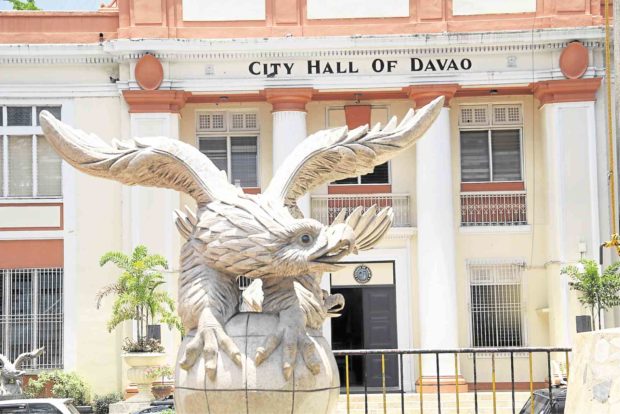
RAIL HUB Davao City, one of the leading economic centers on Mindanao island, is among the major hubs of the proposed Mindanao railway. —BARRY OHAYLAN
DAVAO CITY — “Either we finish it in the next three years or forget it.”
This was what Abul Khayr Alonto, chair of the Mindanao Development Authority (Minda), said of the first phase of the proposed Mindanao railway from Digos City in Davao del Sur province to Tagum City in Davao del Norte province that is scheduled to be built starting early next year.
“We are espousing for the immediate implementation of the project. So, in the next three years, either we finish it, or we forget [all about] it,” Alonto told a recent press briefing here.
“What we want is not just an ordinary railway but the best railway,” he added.
Romeo Montenegro, Minda undersecretary for operations, said local governments within the 102-kilometer Tagum-Davao-Digos segment had been coordinating with Minda in pursuing right of way negotiations with landowners in areas to be traversed by the railway system.
“Once these negotiations are completed, it would signal the start of the construction,” Montenegro said.
Agri lands
In Tagum City, at least 158 houses at Barangay San Miguel and Mankilam and some 60 percent of agricultural lands in these areas will be affected by the project, according to local officials.
The railway’s 18 segments will cost P1.935 trillion ($38.7 billion), the Minda said.
Montenegro, however, did not say whether the Minda’s proposal for an electricity-driven high speed rail would be followed or if the diesel-fuel single-track rail line approved by the Department of Transportation (DOTr) would still be installed.
The DOTr-approved project will have six five-car passenger trains with three spare cars, four locomotives and 15 freight cars.
Upon its completion in 2021 and start of operations in 2022, the first phase of the rail project, worth P35.91 billion, is expected to serve 134,000 passengers daily.
China aid
Aside from this segment funded by the government, officials are still hoping for China’s official development assistance to finance the remaining segments.
Included in the first phase is the construction of eight stations in Tagum, Carmen, Panabo, Santa Cruz and Digos as well as a 10-hectare hub in Davao del Norte’s capital.
The project is expected to cut travel time from Davao del Norte to Digos from 3.5 hours to 1.5 hours. —Frinston Lim

